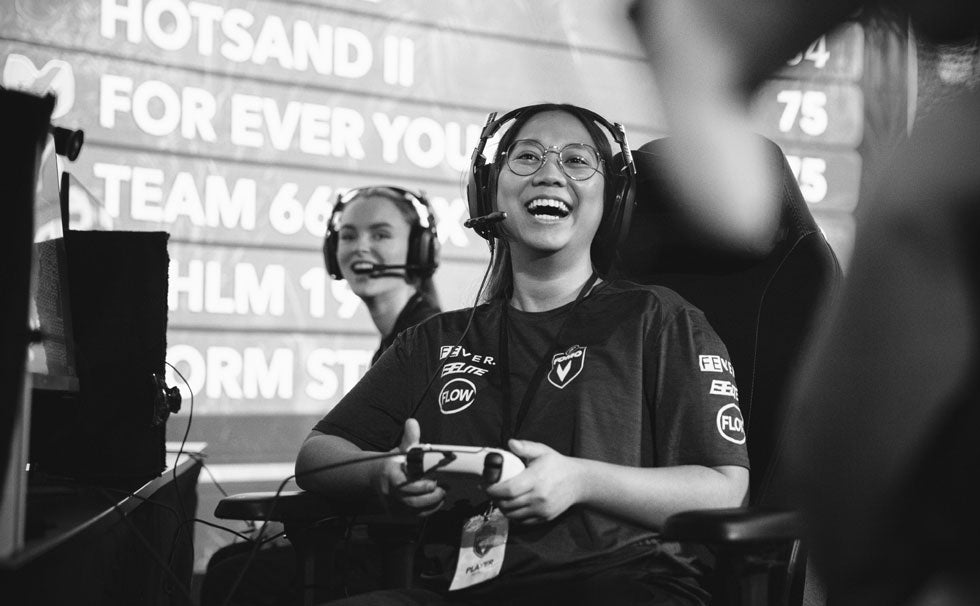The financial growth of esports
This is an excerpt from Sport Finance 5th Edition With HKPropel Access by Gil Fried,Timothy D DeSchriver,Michael Mondello.
Over the past several years, one of the trends in the sport industry has been the rapid growth of esports. This was an obscure activity, played by few people years ago, but now millions of players all over the world play games such as League of Legends, Call of Duty, StarCraft, and Counter Strike: Global Offensive. What is unique about esports is that games were developed by large computer gaming companies (many of them publicly traded corporations) as a way to sell products, and they have evolved into competitions with players from all over the world. Matches are now regularly played in major arenas, selling out in a matter of minutes and making stars out of players. The growth has been explosive and can be seen in the following facts:
- Franchises. In 2017 Activision Blizzard’s Overwatch League hoped to have franchises in 28 international cities selling for $20 million each (Badenhausen, 2017). By 2020 they had 20 teams, with 11 from the United States; four from China; two from Canada; and one each from South Korea, France, and the United Kingdom. Similarly, Riot Games was planning on having 10 permanent franchises in its North American League of Legends Championship Series, which cost $10 million for existing team owners and $13 million for newer team owners (Badenhausen, 2017). By 2020 the Series still had ten teams, some of which became household names for those in the esports space, such as Team SoloMid, Cloud9, Team Liquid, and 100 Thieves. Each team was generating revenue from a variety of sources including tournaments prizes, sponsorship deals, buying and selling players, broadcasting opportunities, and even clothing lines. Teams also incurred significant costs such as running their own homes where team owners needed to cover coaches, trainers, meals, health care, travel, and related costs.
- Broadcasting. In 2016 Riot Games struck a six-year, $300 million deal with Major League Baseball’s BAMTech to stream and distribute League of Legends content. Similarly, Activision Blizzard signed a two-year streaming deal with Amazon’s Twitch (Badenhausen, 2017). Rights costs kept increasing, and in 2021 Chinese livestreaming platform Huya signed an exclusive media rights deal worth £223.88 million (around $270 million) for League of Legends broadcast rights just in China (Studholme, 2021).
- Microtransactions. Riot Games is the king of microtransactions. It reportedly made $1.6 billion in 2015 by selling cosmetic items for characters in League of Legends. By 2020 game revenue had declined a bit, and revenue from microtransactions also had cooled.
- Professionalism. Professional esports teams are popping up across the world, with major sponsors who chase the coveted 18- to 30-something males); large tournaments; and professional dietitians, trainers, coaches, and related personnel—similar to any major professional team.
- Maturation. Esports had strong growth before the COVID-19 pandemic and then shot up in popularity in 2020 and 2021. However, esports became oversaturated and the numbers started falling in 2022. Some decline could be due to older video game titles, but changes in government regulations (primarily China) and cryptocurrencies had a major impact.

Maskot/DigitalVision/Getty Images
SHOP

Get the latest insights with regular newsletters, plus periodic product information and special insider offers.
JOIN NOW


